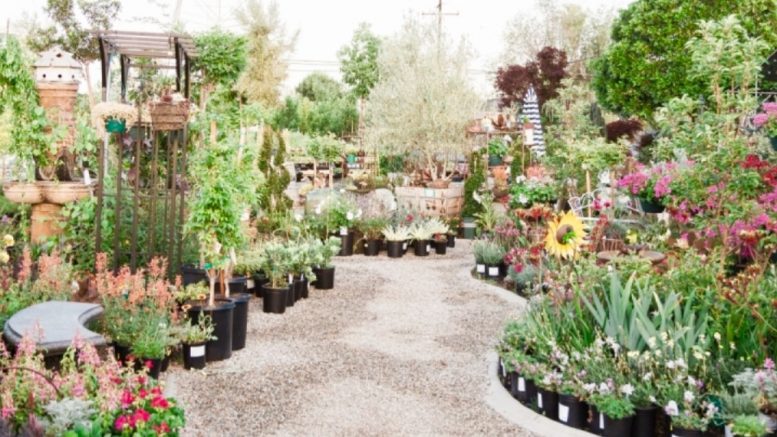 A little environmentally friendly dormant oil applied now will help eliminate many of summer’s pests. And while rainfall may be more likely in February, when it does rain, be sure to stay out of garden beds to avoid damage to the soil and precious space for plant roots.
A little environmentally friendly dormant oil applied now will help eliminate many of summer’s pests. And while rainfall may be more likely in February, when it does rain, be sure to stay out of garden beds to avoid damage to the soil and precious space for plant roots.-
Plant Cool Season Flowers & Shrubs
If you haven’t already, fill in bare spots with cool season annuals such as pansies, snapdragons, calendulas, foxgloves and Icelandic poppies as long as temperatures are consistently between 35 and 85 F. Azaleas and Camellias are also at their peak right now. Wait to plant more delicate perennial herbs, flowers and ground covers until the region’s last average frost date. This can vary between mid-February to early March for the San Gabriel Valley.
-
In Case of Rain
If it does rain, be sure to stay out of garden beds when soils are wet. Walking on wet soils seriously compacts them, squeezing out the necessary open spaces that allow roots to breathe.
-
Continue to Harvest Crops
Keep up with the harvest of cool season crops such as peas, lettuces and spinach as it will enourage more production. Continue to plant successions of these fast-growers for ongoing harvest over the next few weeks.
-
Watering
In low frost areas, keep plantings well-watered so whenever freeze threatens, plants are more likely to survive. A well-hydrated plant is better equipped to recover than a dehydrated plant.
-
Smart Pruning
Prune deciduous trees and shrubs once they’ve gone dormant and dropped their leaves. As a rule of thumb, prune flowering plants within a month after they stop blooming, but be careful not to trim off developing buds! Now is also ideal time to prune evergreens.
Cut back dormant grapevines, wisteria and roses. For the warmest regions, you may even prune your roses back to just 6 to 8 inches to stimulate new growth. Remember to spray your roses and deciduous fruit trees with horticultural oil to prevent insect problems later.
Finally, if a plant is damaged by frost, resist the urge to prune the damaged parts. They may well protect the rest of the plant during the next frost.
-
Lawn Fertilizer
Fertilize cool season lawns such as ryegrass, bluegrass and fescue. Mow your lawn regularly to control weeds and keep grass thick and healthy. During cool weather, all lawns should be kept at around 2 inches. All lawns will benefit from an application of crabgrass preventer this time of year. Talk to one of our associates about how much to buy and apply.
-
Start a Garden Journal
Holding onto all those gardening catalogs that started arriving? If you haven’t already, begin a journal or file to tuck away names of plant you like, magazine pictures, plant labels, seeds or anything else that suits your fancy. Come early spring, garden planning will help you in choosing the best plants for your landscape.






